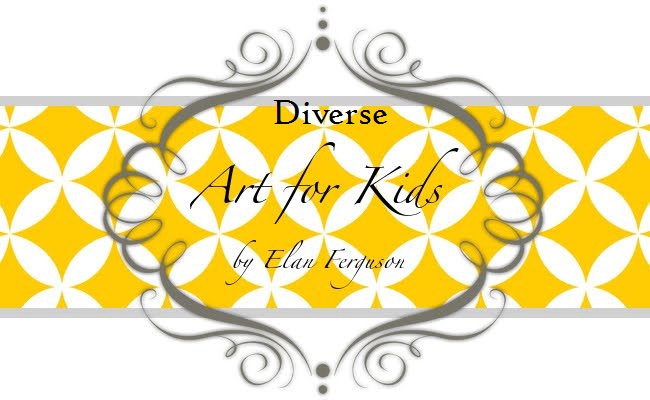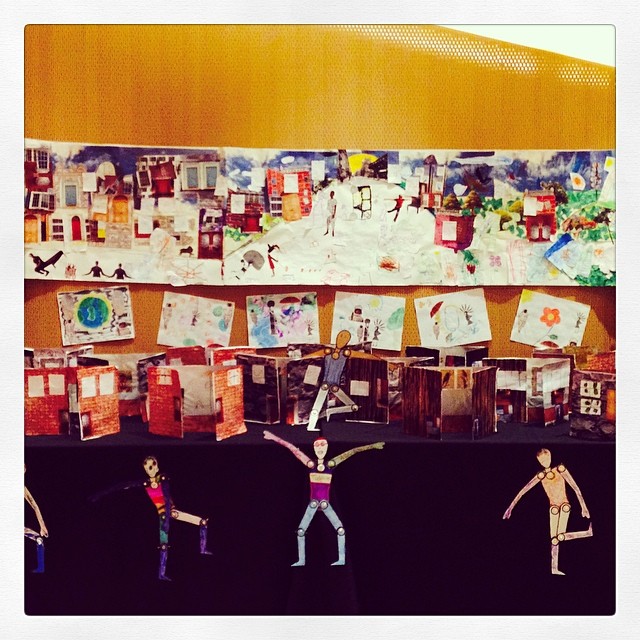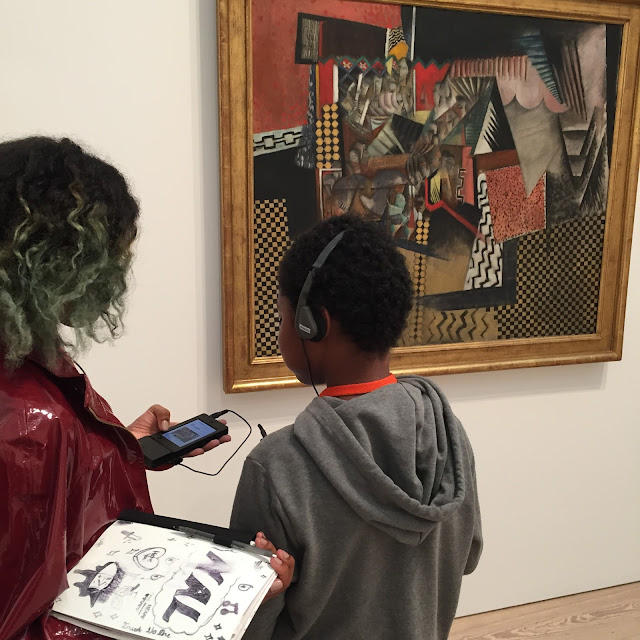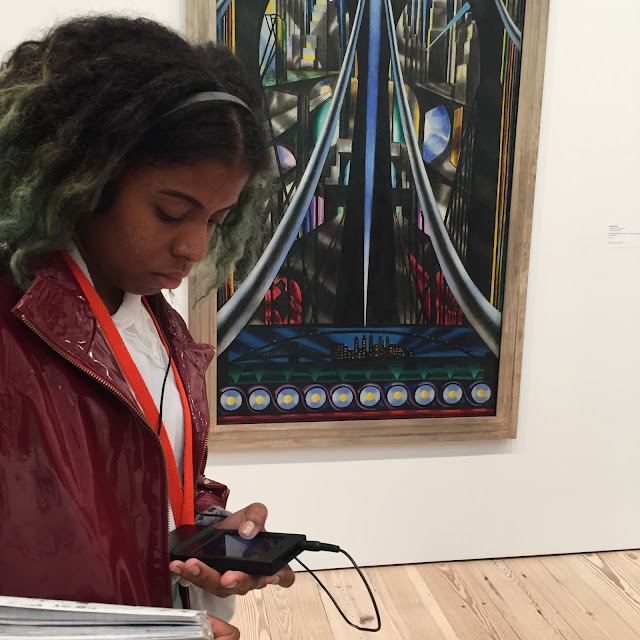Paul Anthony Smith Artist from St. Ann’s Bay, Jamaica was a part of Concealed: Selections from the Permanent Collection. As stated on the Studio Museum website, Concealed "includes works by modern and contemporary artists that address masking as art and performance. “Masking” is broadly defined in art history as the presence of one or more fully costumed spirits, ancestors or other characters, and includes the key elements of disguise, concealment and embodiment or transformation. Masking and masquerades are practiced globally and are particularly associated with African cultures. Although the works differ in size, media and approach to masking, each incorporates concealment and evokes masking practices to access African-American or African identity. Artists in this exhibition reference extant rituals, create new practices or incorporate traditional rituals, such as embodiment, into their work."
- See more at: http://www.studiomuseum.org/exhibition/concealed-selections-the-permanent-collection#sthash.44V4wD0P.dpuf
For a Target Free Sunday Hands on workshop participants were asked to conceal pre-existing portraits however they wanted. With the inspiration of Paul Anthony Smith's work entitled Woman #51, oil pastels, paper, tape, markers and glue participants masked their images.
 |
| Woman #51 by Paul Anthony Smith |















































